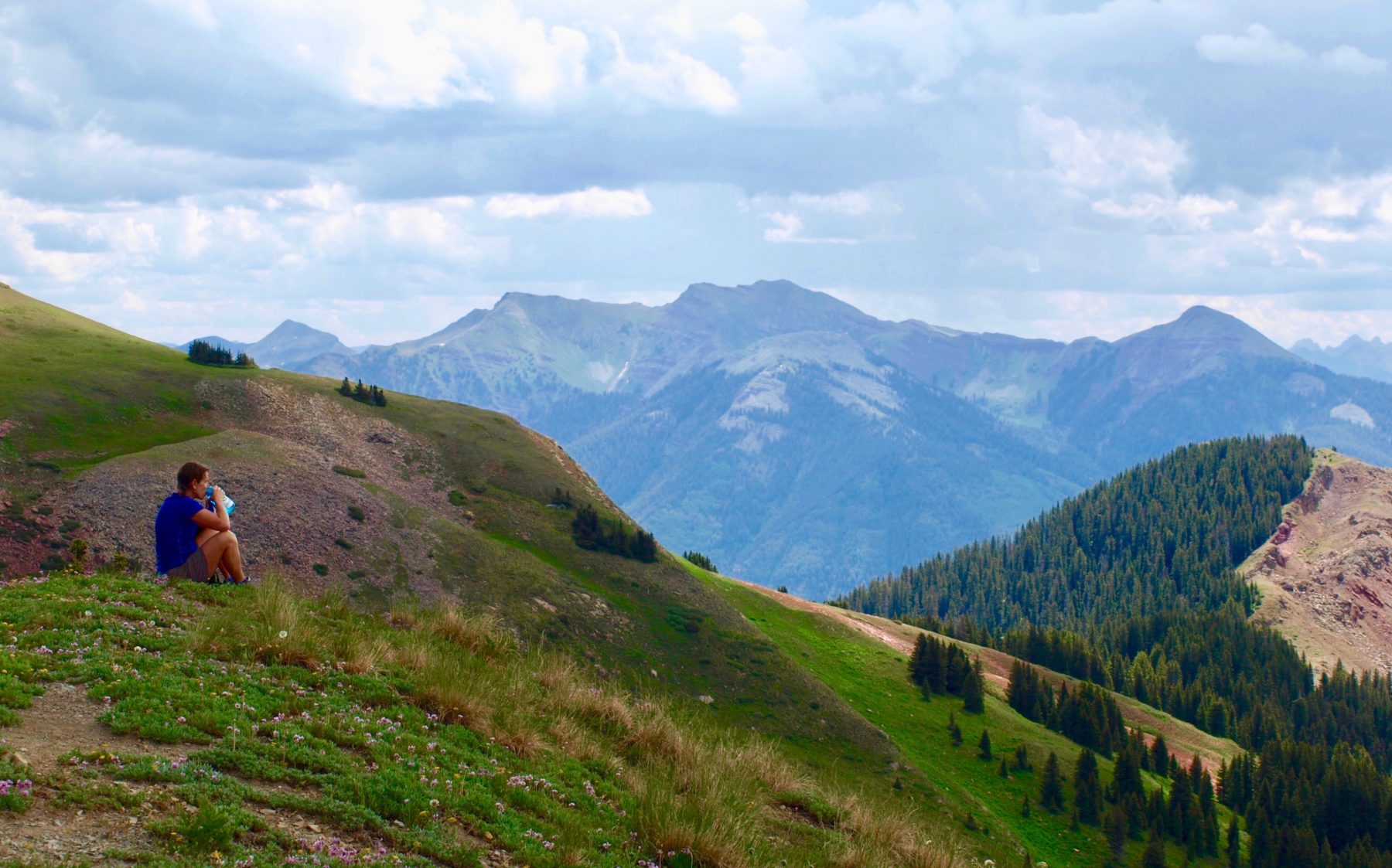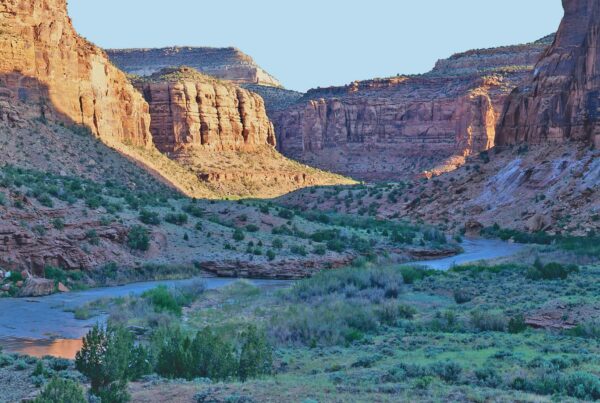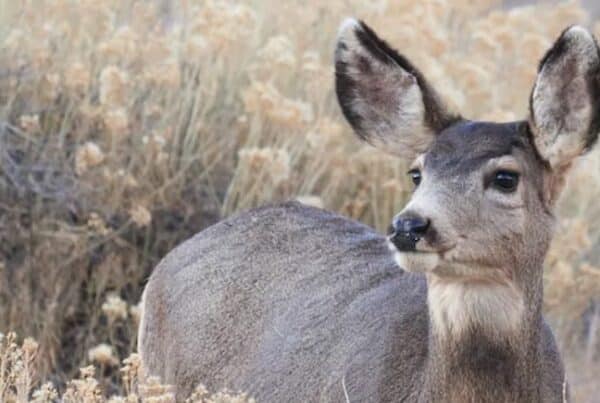Below is our press release detailing our arguments against the Forest Service’s recent secretive approval allowing for chainsaws to be used in the Weminuche and South San Juan Wildernesses starting June 1. We’re asking the court to reverse the decision. If they fail to do so, we are deeply concerned about it undermining the Wilderness Act itself, setting the precedent to allow motorized equipment to be used in designated Wilderness without public notice or engagement.
Learn More
Wilderness deserves restraint, humility
Forest Service Challenged on Allowing
Chainsaws in Wilderness
For Immediate Release: May 22, 2019
Denver, CO – A coalition of conservation organizations filed a lawsuit today against the United States Forest Service for their secretive approval of a policy to violate the Wilderness Act by allowing chainsaws to clear obstructed trails in the Weminuche and South San Juan Wildernesses this summer. The groups are asking the court to overturn the Forest Service’s approval and direct the agency to comply with the Wilderness Act by inviting public participation and weighing lawful alternatives to allowing motorized equipment in the wildernesses.
The concept of wilderness as codified in the Wilderness Act is to restrain the impulse to use our industrial might, to allow wilderness to be left untrammeled by humans and dominated by natural processes. “Wilderness exists for it’s own sake. It represents a piece of primitive America free of motors and technology that have allowed humans to dominate so much of the planet. It is not the role of the Forest Service to alter wilderness to appease impatient managers or visitors,” says George Nickas of Wilderness Watch.
While there are exceptions for the use of motorized equipment in dire emergencies, such as search and rescue, inconvenienced trail users clearly does not rise to that level. Heavy deadfall can be a challenge, but 80% of trails in the San Juan National Forest are not in designated Wilderness and can be cleared with motorized equipment.
In fact, the Wilderness Act explicitly bans administrative waivers for ease or convenience of trail maintenance using chainsaws or other motorized equipment. The Forest Service’s Minimum Requirements Decision Guide helpfully spells out exactly that point: “Forest Service policy does not allow managers to base a decision to approve a generally prohibited use solely on a rationale that the method or tool is quicker, cheaper and easier (FSM 2320.6).”
The Forest Service has been effectively clearing wilderness trails for decades. “I know from my 30 years of experience using a crosscut saw to buck trees, some of them 28 inches in diameter, out on wilderness trails that the work can be done safely and efficiently with crosscut saws and axes. In 2005, a crew of 10 people in the Weminuche Wilderness cleared over 3,000 trees with hand tools. This authorization is unnecessary and sets a dangerous precedent for all Wilderness in the U.S.,” says Anne Dal Vera, retired Wilderness Ranger.
“More discouraging than the lack of commitment to following the plain language of the law, is the demonstrated dismissal of the fundamental purpose of wilderness – to show restraint and humility in the wildest parts of the Rockies,” says Mark Pearson of the regional environmental advocacy group, San Juan Citizens Alliance.
If allowed to proceed, this decision will set a disturbing precedent for using chainsaws or other motorized equipment in wilderness for convenience and without public input. If the Forest Service believes the challenge of clearing within wilderness areas is a pressing public concern, the agency should initiate an open and transparent public process to invite perspectives of all wilderness users.
“We need wild, untouched places where we can retreat from civilization and remember what we deeply value,” says Shelley Silbert of the Great Old Broads for Wilderness, a national conservation organization. “Only 3% of land in the lower 48 states is protected as Wilderness. These special places allow us to take a step back and think about our human imprint. We stand ready to help the Forest Service in finding a better way.”
Media Contacts
- George Nickas, Executive Director, Wilderness Watch, gnickas@wildernesswatch.org, 406-542-2048 ext. 4
- Shelley Silbert, Executive Director, Great Old Broads for Wilderness, shelley@greatoldbroads.org, 970-385-9577 or 928-600-6754
- Mark Pearson, Executive Director, San Juan Citizens Alliance, mark@sanjuancitizens.org, 970-259-3583 ext. 1
###




I can imagine how much deadfall is out there laying across the paths through the wilderness because just 9 days ago I walked the Bear Creek Trail and the connecting Little Bear Pack Trail and encounted over 10 trees. My thought was that perhaps I should volunteer to help clear them off the trail. So now, after ready about the Forest Service so called need to violate the law of the cherished Wilderness Act, I have the same thoughts. Why not put out a call for volunteers to clear the trails. The Forest Service might be pleased to see how many of us old (and new) hikers might show up for some hard but rewarding work.